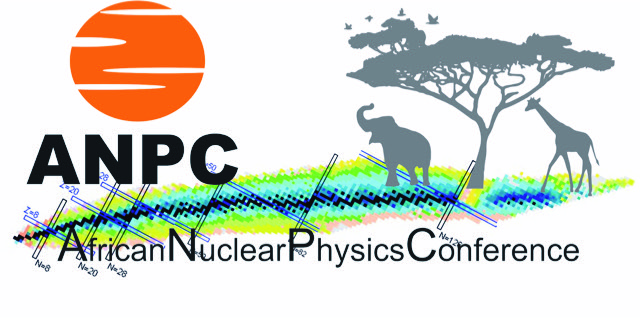Speaker
Description
Following the first observation of a neutron star merger [1] it became clear that this was one of the sites of the r-process [2]. With an astronomical site for the r-process known it has become more important than ever to have accurate nuclear input [3], and in particular accurate neutron capture rates for unstable neutron rich nuclei. Unfortunately, the neutron capture rates of short-lived nuclei are currently impossible to measure directly. However, the capture rates could be constrained by Hauser- Feshbach (HF) calculations [4], which relies on the 𝛾-ray strength function (𝛾SF), nuclear level density (NLD) and the optical model potential to predict the capture cross section. Currently there are several models of the NLD and 𝛾SF which in turn produces capture rates that deviate as much as $10^5$ in HF calculations [5]. Although the capture rates cannot be directly measured, the 𝛾SF and NLD can, even for very neutron rich nuclei with the beta-Oslo Method [6]. Recently, it has been shown that the Oslo Method can also be combined with inverse kinematics [7], expanding the Oslo Method to virtually any nucleus applicable, provided one can produce a reasonably intense beam.
The inverse-Oslo method has, for the first time, been applied on an experiment with a radioactive beam at HIE-ISOLDE at CERN. A 4.5 MeV/u $^{66}$Ni beam hit a deuterated-polyethylene target at the C-REX particle array. 𝛾-rays from the reaction were measured with the Miniball array and six large volume (3.5x8 inch) LaBr$_3$:Ce detectors added to boost the 𝛾-ray efficiency.
References:
[1] B. P. Abbott et al., Phys. Rev. Lett. 119, 161101 (2017).
[2] D. Kasen, B. D. Metzger, J. Barnes, E. Quataert, and E. Ramirez-Ruiz, Nature 551, 80 (2017).
[3] M. Arnould et al., Phys. Rep. 450, 97 (2007).
[4] A. J. Koning, S. Hilaire and M. C. Duijvestijn, ”TALYS-1.8”, Proceedings of the International Conference on Nuclear Data for Science and Technology, April 22-27, 2007, Nice, France, editors O. Bersillon, F. Gunsing, E. Bauge, R. Jacqmin, and S. Leray, EDP Sciences, 2008, p. 211-214.
[5] I. K. B. Kullmann et al., arXiv:1801.07522 [nucl-th].
[6] A. C. Larsen et al., Phys. Rev. C 97, 054329 (2018).
[7] V. W. Ingeberg et al., Phys. Lett. B (2019) (in review), arXiv:1806.09991 [nucl-ex].

